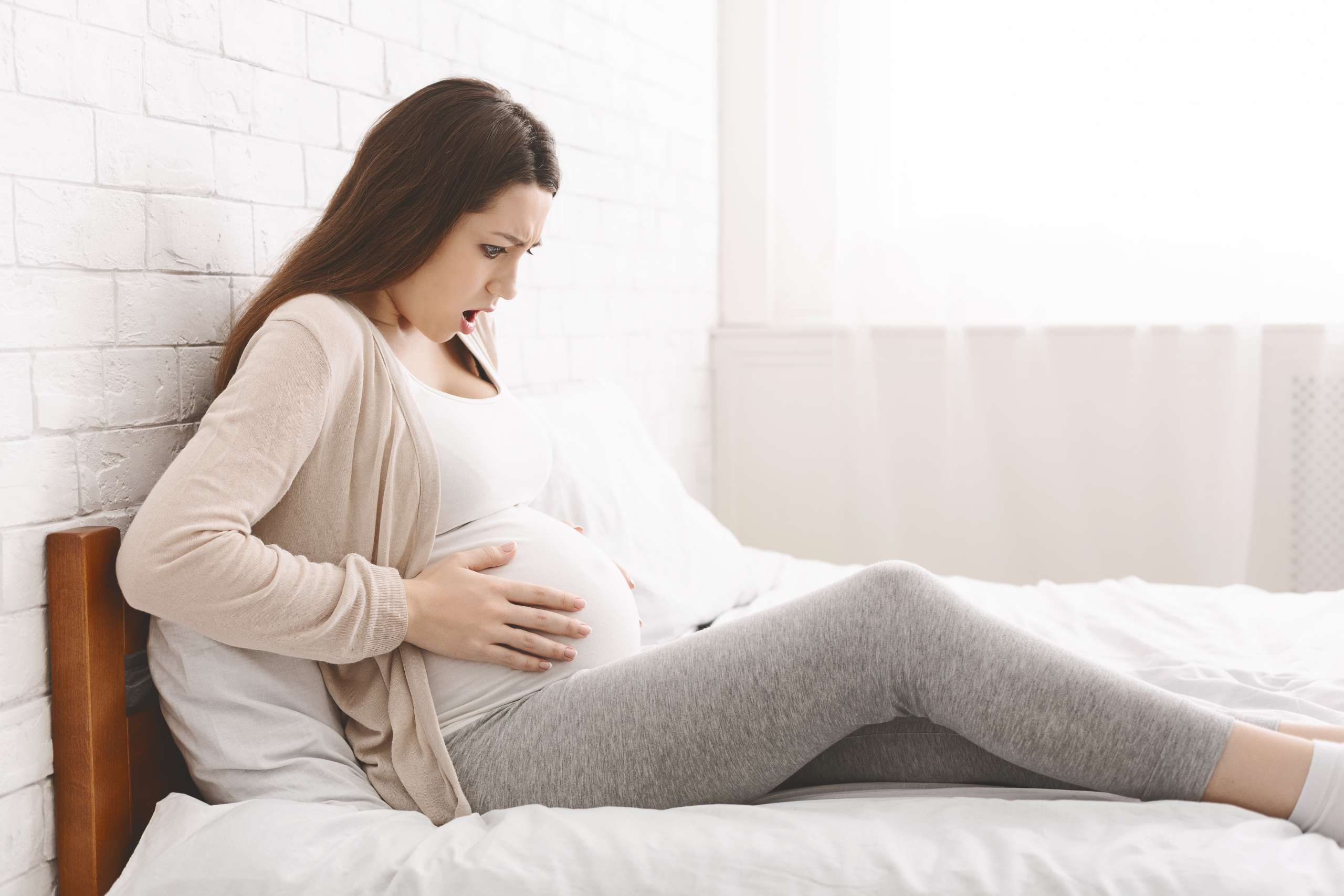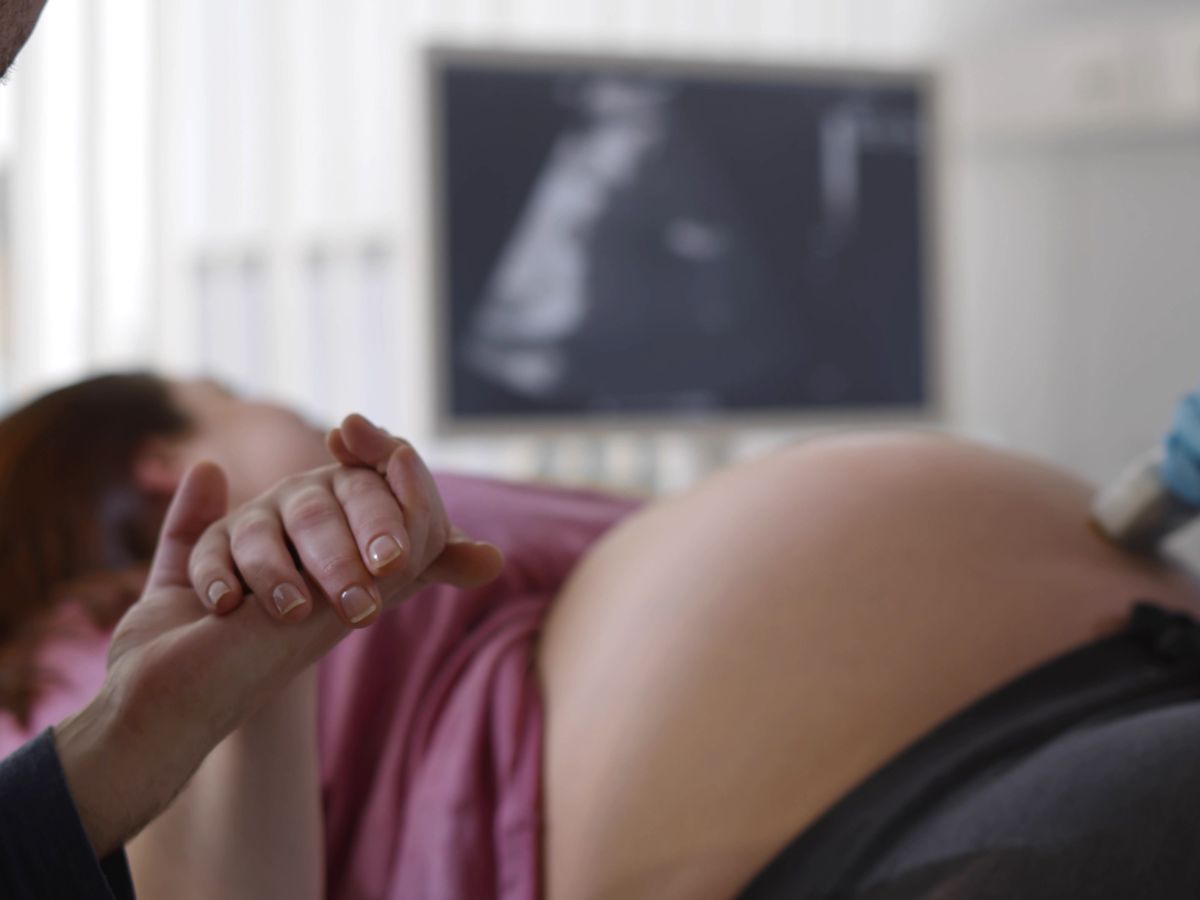Pregnancy is a time of immense joy and anticipation, but it can also raise health concerns. One such concern is preeclampsia, a condition that can affect pregnant individuals. This article will explore preeclampsia, its symptoms, risk factors, and effective prevention strategies. Understanding this condition is crucial for ensuring a safe and healthy pregnancy.
Preeclampsia is one of the more significant and potentially dangerous complications that can arise during pregnancy. This article into this medical condition is characterised by high blood pressure and potential damage to organ systems, most often the liver and kidneys. Expectant mothers and their partners must recognise the warning signs, comprehend the associated risks, and be proactive in its management and prevention. With an understanding of this, couples can better navigate their prenatal journey. This ensures the health and safety of both the mother and the baby.
1. What is Preeclampsia?
a. Definition
Preeclampsia is a pregnancy-related condition characterised by high blood pressure (hypertension) and damage to organs such as the liver, kidneys, and blood vessels. It typically occurs after the 20th week of pregnancy and can lead to severe complications if left untreated.
b. Prevalence

This affects about 5-8% of pregnancies worldwide. While it is more common in first-time pregnancies, it can also occur in subsequent pregnancies.
2. Understanding Symptoms
a. High Blood Pressure
Elevated blood pressure is one of the primary symptoms of preeclampsia. A pregnant person’s blood pressure is considered high when consistently measures 140/90 mm Hg or higher.
b. Proteinuria

Proteinuria refers to excess protein in the urine, indicating kidney dysfunction. It is a hallmark sign of it.
c. Swelling
Swelling, especially in the hands and face, can be a symptom of this. This is due to fluid retention.
d. Headaches and Vision Changes
Preeclampsia can cause persistent headaches. It can also lead to changes in vision, such as blurred vision, sensitivity to light, or temporary loss of sight.
e. Abdominal Pain
Severe upper abdominal pain, often on the right side, can signify preeclampsia. This may indicate liver involvement.
3. Understanding Risk Factors
a. First-Time Pregnancy
Women experiencing their first pregnancy are at a higher risk of developing preeclampsia.
b. History
A previous history of preeclampsia increases the risk of recurrence in subsequent pregnancies.
c. Multiple Pregnancies

Expecting twins or more puts extra strain on the body and increases the risk of preeclampsia.
d. Chronic Conditions
Individuals with pre-existing conditions like hypertension, diabetes, or kidney disease are at greater risk.
e. Obesity
Obesity is a risk factor for preeclampsia. Maintaining a healthy weight before and during pregnancy can reduce this risk.
4. Understanding Prevention Techniques
a. Regular Prenatal Care
Attending all scheduled prenatal check-ups is crucial. Doctors can monitor blood pressure, urine protein levels, and other important signs.
b. Low-Dose Aspirin
In some cases, doctors may recommend low-dose aspirin to reduce the risk of preeclampsia, especially for high-risk individuals.
c. Adequate Nutrition

A balanced diet rich in fruits, vegetables, whole grains, and lean protein can help support a healthy pregnancy.
d. Proper Hydration
Staying well-hydrated is essential during pregnancy. It can help regulate blood pressure and reduce the risk of complications.
e. Regular Exercise
Engaging in safe and appropriate physical activity during pregnancy can help improve overall health. It can also reduce the risk of preeclampsia.
5. Managing Preeclampsia
a. Hospitalization
In severe cases of preeclampsia, hospitalization may be necessary for close monitoring and management.
b. Medications

Medications can help control blood pressure and prevent complications. Your doctor will determine the appropriate treatment.
c. Delivery
In many cases, delivering the baby is the only way to resolve preeclampsia fully. The delivery timing depends on the severity of the condition and the fetus’s gestational age.
Preeclampsia is a severe condition that can pose risks to both the pregnant and the baby. Recognizing the symptoms and understanding the risk factors are essential for a safe and healthy pregnancy. Taking proactive steps to prevent and manage preeclampsia is also crucial. Regular prenatal care, a healthy lifestyle, and open communication with your doctor can significantly reduce this condition’s impact. Remember, knowledge and early intervention are your best allies in ensuring the well-being of both you and your unborn child.
